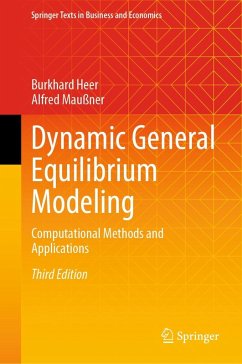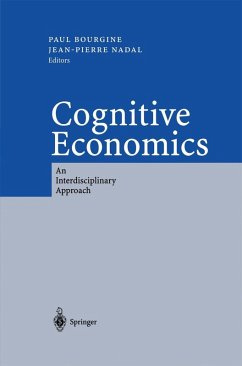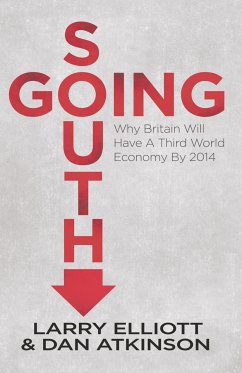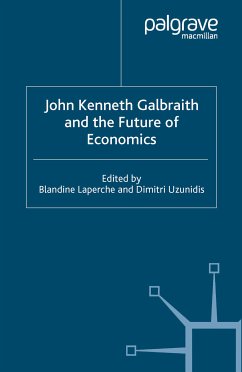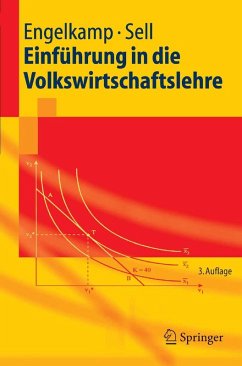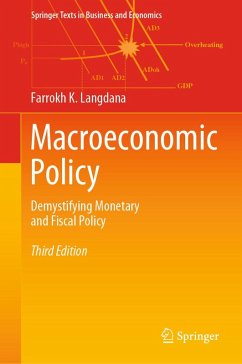
Dynamic General Equilibrium Modeling (eBook, PDF)
Computational Methods and Applications
Versandkostenfrei!
Sofort per Download lieferbar
88,95 €
inkl. MwSt.
Weitere Ausgaben:

PAYBACK Punkte
44 °P sammeln!
Presents various methods for computing the dynamics of general equilibrium models
In part I, the representative-agent stochastic growth model is solved with the help of value function iteration, linear and linear quadratic approximation methods, parameterised expectations and projection methods
In order to apply these methods, fundamentals from numerical analysis are reviewed in detail
Part II discusses methods for solving heterogeneous-agent economies
In part I, the representative-agent stochastic growth model is solved with the help of value function iteration, linear and linear quadratic approximation methods, parameterised expectations and projection methods
In order to apply these methods, fundamentals from numerical analysis are reviewed in detail
Part II discusses methods for solving heterogeneous-agent economies
Dieser Download kann aus rechtlichen Gründen nur mit Rechnungsadresse in A, B, BG, CY, CZ, D, DK, EW, E, FIN, F, GR, HR, H, IRL, I, LT, L, LR, M, NL, PL, P, R, S, SLO, SK ausgeliefert werden.



